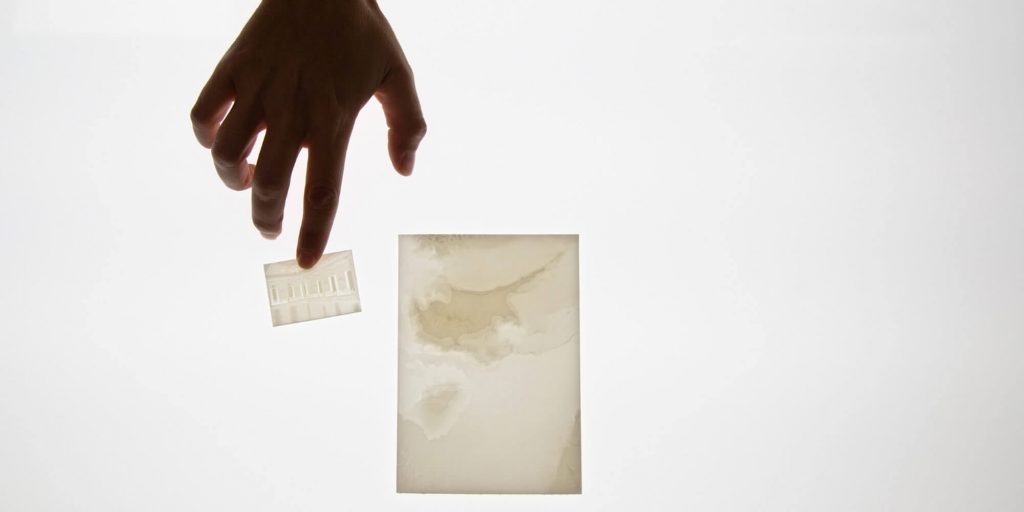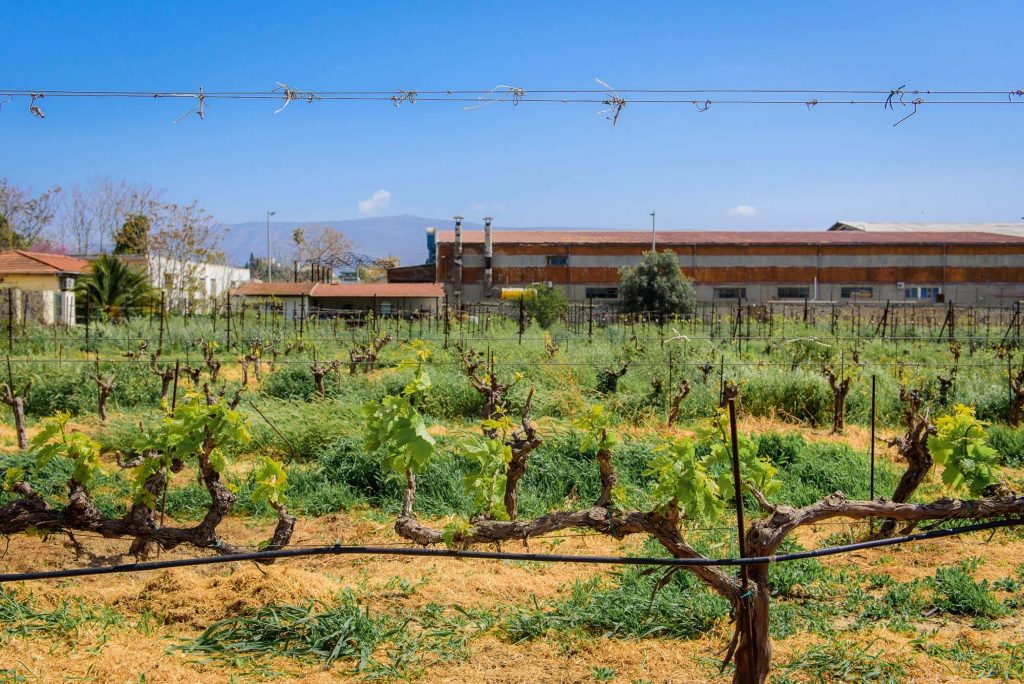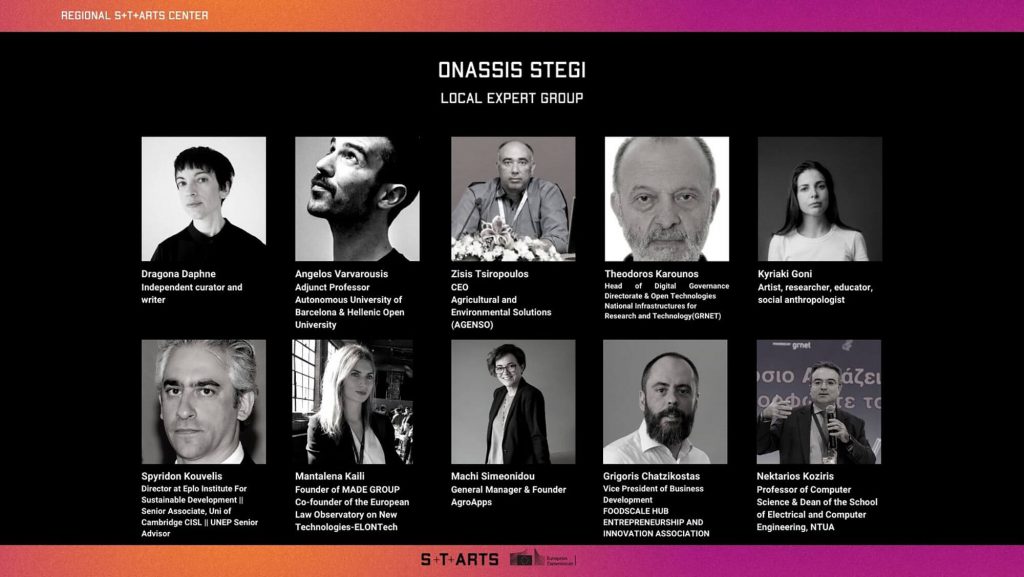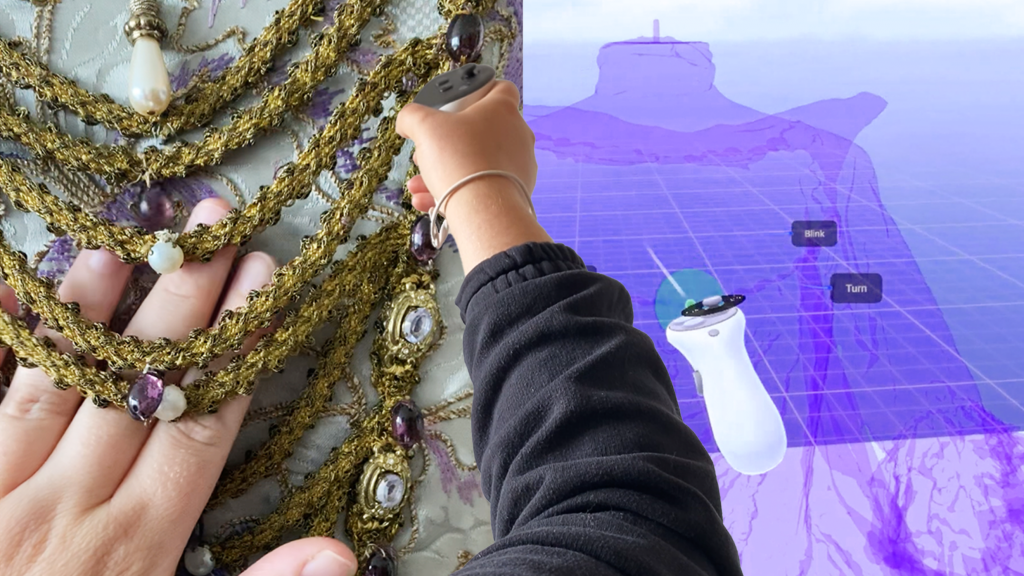S+T+ARTS Regional Centers | Repairing the Present
Smart Agriculture | Challenge nº6
How might we empower rural areas as role models of sustainability & prosperity through the use of technology?
Consortium Partner: Onassis Stegi
EU Green Deal:GD5 Greening the Common Agricultural Policy / Farm to Fork Strategy
Problem Statement
Farmers comprise 12% of Greece’s workforce but produce 3% of the country’s GDP. How can technology bridge agriculture with the economic & social prosperity of the farmers themselves, their local communities and the citizens of urban areas while at the same time making use of traditional forms of knowledge that take the specific ecosystems and cultivars into account?
Keywords
Sustainability as a measure of success, Regenerative agriculture, Health & food security, Decentralization, Empowerment of farmers
Challenge Context
Productivity and efficiency in agriculture is a necessary condition for economic development in the periphery but also to ensure food security for the generations to come.
Agriculture has one of the biggest environmental footprints, while it is also among the first to be impacted due to the climate crisis. The cost of modernizing production lines along with low productivity makes it difficult for smaller farmers to survive. This can lead to increasing inequalities in land ownership and new forms of exclusion. The need to strengthen the food system’s resilience & sustainability is more urgent than ever.
Technology is a catalyst for the transformation of agriculture, the prosperity of the people involved, the protection, restoration & preservation of natural habitats and an important tool that can establish farming’s environmental footprint as an integral measure of success.
We want to engage the general public, policymakers & the scientific community with the topic of the accessibility and relevance of technological advancements and their potential positive impact on the environment and social and economic prosperity. This could lead to a fair, participatory & sustainable system for the agriculture sector resulting in rural development & prosperity. What would this future look like?
Fellowship Characteristics: network, opportunities, and expectations
We are looking for an artist who can produce a compelling artwork at the intersection of technology, science and art that brings out the tensions and also the urgency of action related to the transformation of agricultural practice, which in the end is the transformation of our relationship to our natural environment.
We expect an artistic project in a form/medium that allows for easy transportability and exhibition, and which aims to engage a broad audience (including communities who are not so accustomed to contemporary artistic forms) with the challenge of using technology to achieve sustainability (economic, social and environmental) in the field of agriculture, in Greece.
We believe that transformation needs communities and thus, we consider it important to keep in mind the important stakeholders for tackling this challenge. People that should be involved, included or inspired, people you can meet, learn from and be guided by:
- Core: artists advocating sustainability, farmers, farmer associations
- Direct: land workers, researchers, consumers,
- Indirect: end-users, food companies, educators, ecosystem services
The fellowship partner will be AGENSO, an innovative company for agriculture and the environment. The artist will be granted access to local partners’ venues, expertise and technologies upon need and request. The LEG consists of high-level experts from industry (IoT, computer engineering, agronomists), science, public bodies, and the arts and will form the network the artist has access to.
The artist is expected to travel to the region to attend workshops, activities, or events or to conduct field research at least 4 times during the fellowship period and should include the travel expenses in the budget plans. The artist is expected to deliver a presentable outcome of the fellowship in the form of a prototype or artwork and deliver a collectable outcome of the fellowship by the end of 2022 which might be included in the Onassis collection.
Jury Day(s)
Jury day will be: digital
Jury day will be held between 13-19 January 2022 (TBC)
Useful links
Tools
Combining the artificial, the mechanical with the natural leads to creative tensions. The future of agriculture can be shaped by the use of different technological tools. We offer here a list of different tools that are considered as priorities for their implementation and that they can serve as sources of data, inspiration and central pieces in the developed artwork.
Sensors
Internet of Things (IoT)
Blockchain
Big Data
unmanned vehicles
Satellite‐based Positioning Systems for Precision Agriculture
Artificial Intelligence (AI)
Cloud computing in agriculture
Drones – Robotic Infrastructure
Satellite Earth Observation
Robotic automation
Climate data records
Visualisation and sonification tools
Readings
- Combining traditional techniques with modern solutions using circularity application
- Use cases of IoT use in agriculture
- An integrated tool for farmers for the facilitation and more accurate irrigation
- A quantitative multi-appraisal tool that aims to support policymakers in identifying greenhouse gas (GHG) emissions along an agri-food value chain
- A Biodiversity Integrated Assessment and Computation Tool
- Forestry and Other Land Use (AFOLU) investments and policies on GHG emission levels
- Convention of artists and technologists working at the intersection of computers, technology, science, and the arts
- Arts space with a focus on sustainability
Palestinian artist group creating works on Art/Science/Agriculture
- Visible Project
- Nida Sinnokrot
- Sakiya – Art/Science/Agriculture




